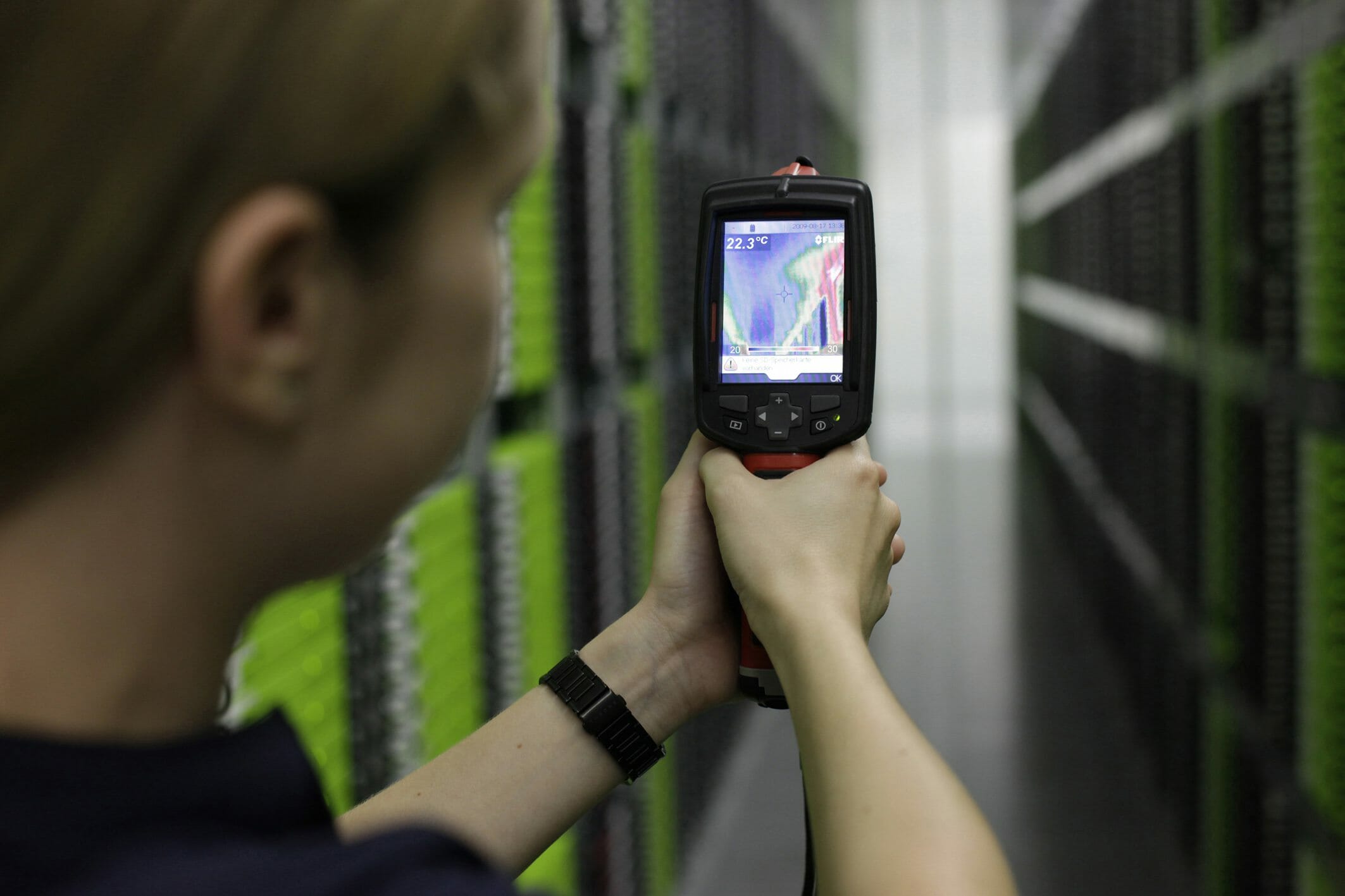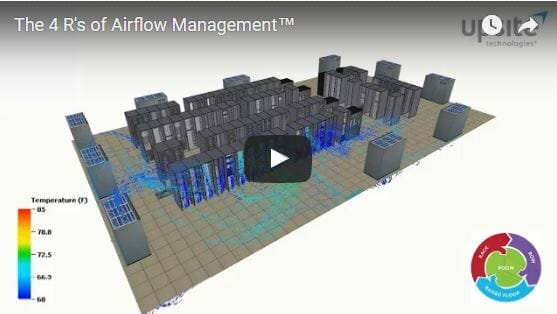How to Increase Temperatures Without Paying a Price10 min read

In recent years there has been a lot of talk about raising temperatures in computer rooms. The driver for this is that the cooling infrastructure becomes more efficient at higher operating temperatures. For the cooling units, this means higher return air temperatures, and for the chillers, this means higher chilled water temperature. When the cooling infrastructure is running more efficiently, this results in reduced operating cost and increased cooling capacity. While the concept is simple, implementation has led to a number of misunderstandings and even some controversy.
One of the concerns about raising room temperatures is that an increase in IT equipment intake air temperature will increase the failure rate of IT equipment. While this is true, the increased failure rate is often negligible and/or outweighed by the benefits of raising temperatures. With that being said, the relationship between IT equipment intake air temperature and failure rate is a topic for another conversation. The topic of today’s discussion is to understand that it’s entirely possible to raise the control temperature set points so that efficiency, capacity, and cost benefits can be realized without raising the IT equipment intake air temperature.
Airflow Management Plays a Key Role
If temperature set points are increased with no other modifications to the airflow of the room, then the IT equipment intake air temperatures will increase. However, if airflow management in the room is improved (e.g. improved sealing of the raised floor, management of perforated tile and grate placement, sealing openings in racks, and improving airflow at the row level) then it is possible to raise the temperature control set point while maintaining, or even reducing , the IT equipment intake air temperatures.
To clarify, due to poor airflow management, most rooms are running low control set points to maintain desired maximum intake temperatures. If airflow management improvements were made, the same IT equipment inlet temperature can be maintained with warmer control temperatures. Nobody will ever argue that fact. If you are able to effectively cool IT equipment with less flow rate of conditioned air (and at a warmer temperature), you are doing the right thing and will save money while recovering stranded capacity. However, if you do nothing else and just raise the thermostat, the room will get warmer, as will the IT equipment, and this is when potential problems can occur.
When Increasing Temperatures Can Be a Problem
With poor airflow management, it takes more cold air to overcome mixing caused by the premature loss of conditioned air from the cold aisle and/or the circulation of hot exhaust air into the cold aisle. So while there are many rooms that have effective cooling (i.e. they are providing the appropriate intake air temperature to IT equipment), they are using excessively high flow rates, with colder air than they would otherwise need to if airflow management were improved. In essence, they compensate for poor airflow management by throwing “tons” of cold air at the problem. In this case, increasing the supply temperatures may also increase inlet temperatures and create some problem areas, like hot spots—which reduce reliability and can increase operating costs due to higher fan speeds in the IT equipment.
How to Benefit from Increasing Temperatures
By improving airflow management and creating enough of a blockage to balance conditioned airflow rates more closely with IT equipment flow rates, control set points can be raised without raising the intake temperatures to the IT equipment. When airflow management improvements are made, the mixing of hot and cold air at the rack level is reduced and IT equipment intake temperatures decrease. This makes room for reducing cooling flow rates and mixing of supply and return air at the room level.
As a reminder, here are the fundamental best practices for implementing airflow management initiatives.
The good thing is that these steps can be taken in increments. Improving airflow management is an iterative process. With each improvement comes an opportunity to make adjustments to the cooling controls, it’s not a one and done event.
A Proven Philosophy
There are many sites that we have seen running their supply air at 75° F and warmer. It can be done. In these sites, mixing of supply air with exhaust air is virtually eliminated because airflow management is done so well. By doing so, IT equipment and intake temperatures do NOT exceed 80° F, eliminating any problems or threats to the IT equipment’s reliability.
Tip: Measure your supply temperatures. The difference between your supply temperature and your warmest intake temperature is an indication of how much mixing is happening on the supply side of your cooling.
When airflow management is done correctly, it enables you to benefit from cooling unit fan speed reduction. When you reduce the fan speed by 20%, yes, you get approximately 20% less air, but you reduce the fan energy usage by approximately 50%–yielding immediate savings. When you raise the temperature controls of the cooling units, cooling unit capacity and efficiency improve. All this to say, raising supply temperatures—not necessarily IT inlet temperatures, is the goal and will ultimately help you reduce energy costs, while increasing cooling capacity (which also lowers PUE and defers capital expenditure).

Airflow Management Awareness Month
Free Informative webinars every Tuesday in June.








0 Comments